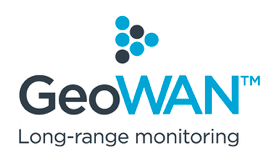Wireless Real Time Monitoring
We represent world leaders in the design, manufacture and continuous improvement of wireless condition monitoring technology.
Our precise, durable and robust products have been engineered in direct response to the demands of rail, construction and mining environments. By providing repeatable, high-quality data on the structural and geotechnical condition of assets, we empower our clients to proceed with confidence.
FlatMesh & GeoWAN Platforms
In order to provide clients with remote condition monitoring solutions in the widest range of environments, we offer two distinct communications platforms built for different applications.

FlatMesh™ is the natural choice for dense sensor configurations, high frequency reporting and intelligent, responsive operation. Our GeoWAN™ platform has a longer range of up to 15 km and is ideal where sensors are more widely dispersed.
| FlatMesh | GeoWAN |
| Third generation intelligent flexible mesh network monitoring platform/architecture | Long-range point to point wireless platform, ideal for challenging environments; capable of “seeing through” solid obstructions |
| Up to 300 m range (gateway to node or node to node), in optimum conditions | Up to 15 km range (gateway to node), in optimum conditions and typically 2-4 km in busier urban environments |
| Battery life of up to 15 years | Battery life of up to 15 years |
| a) Best for dense wireless sensor node deployments b) Standard reporting rate: 10 minutes | a) Standard reporting rate: 1 hour b) Number of nodes in network will affect speed of reporting rates |
| Fully remotely configurable | Remotely configurable, but more limited bandwidth available |
| a) Available with intelligent and triggered sampling rates based on real movement of sensors to minimise human intervention b) Can function as Intelligent Solution with multiple structural and geotechnical sensor types and integrated 4G cameras | a) No triggered sensing from other nodes in the network |
| Compatible with full range of geotechnical and structural sensors | Compatible with full range of geotechnical and structural sensors |
| Ideal Applications: a) Tunnels b) Rail trackbed c) Bridges, walls, piles, structures d) Geotechnical earthworks and soil water content measurement | Ideal Applications: a) Congested urban environments including busy construction sites b) Long-range applications with sensors dispersed across wide areas, such as mines and quarries c) Applications where communication is needed through obstructions such asbuildings or the ground such as undergroundstructures d) Sites where mains power is available |
HOW IT WORKS?
Explore our Interactive Site

Flatmesh 4G Gateway
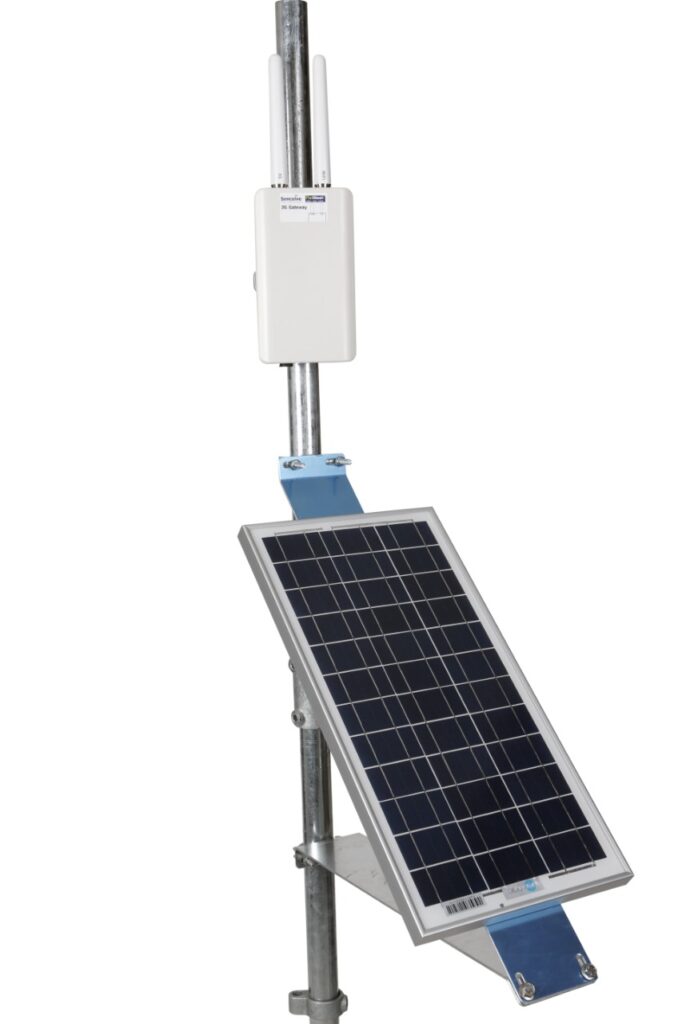
The Flatmesh 4G Gateway provides all the functionality required to operate a wireless sensor network in a remote location. With a solar panel, no fixed supply is required. Data Transmitted from the sensor to the gateway and onwards to a secure cloud-based server and data management platform.
Triaxial Tilt Sensor Node
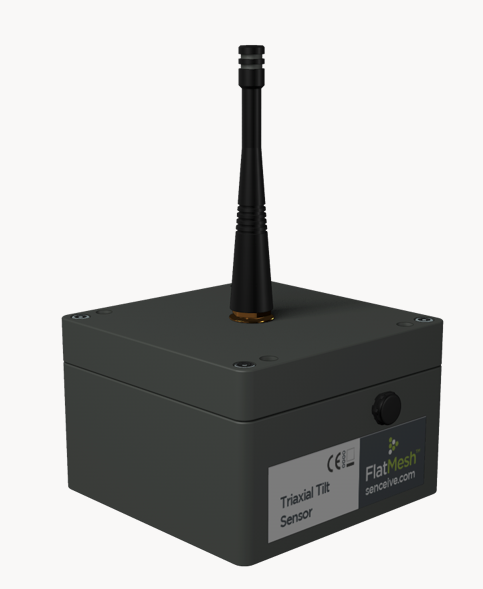
The Triaxial Tilt Sensor is an extremely precise and exceptionally stable three axis wireless tilt sensor. The wireless Tilt sensor nodes transmit precise readings from the site via one of our wireless communication platforms (Flatmesh or GeoWAN) via a Gateway
Optical Displacement Sensor Node
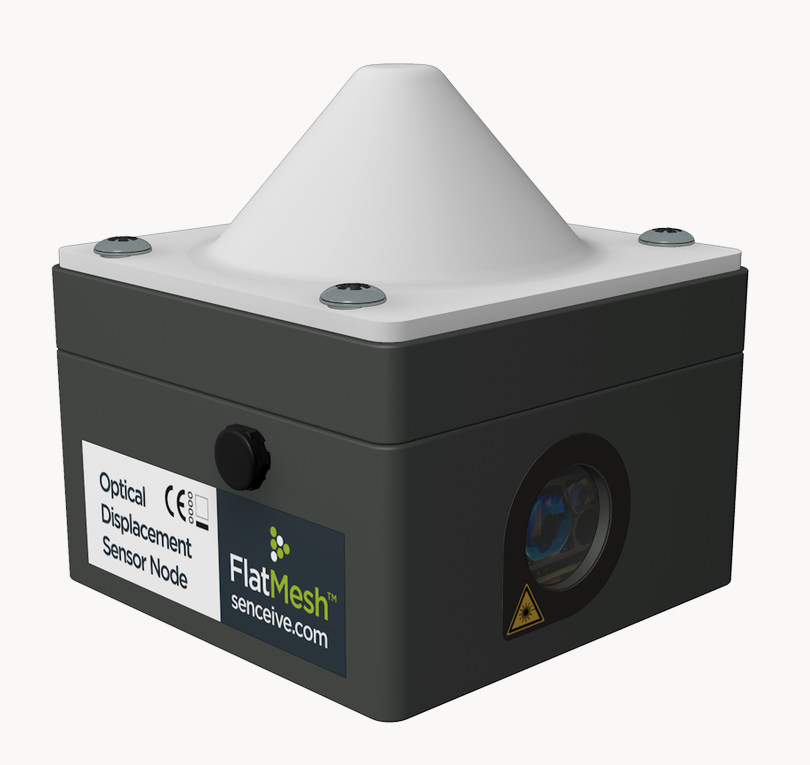
The ODS combines a tilt meter and a laser displacement sensor. Together they provide information about the stability of the the structure the sensor is fixed to and the relative movement of a target structure.
Single Channel Vibrating Wire Node with Piezometer
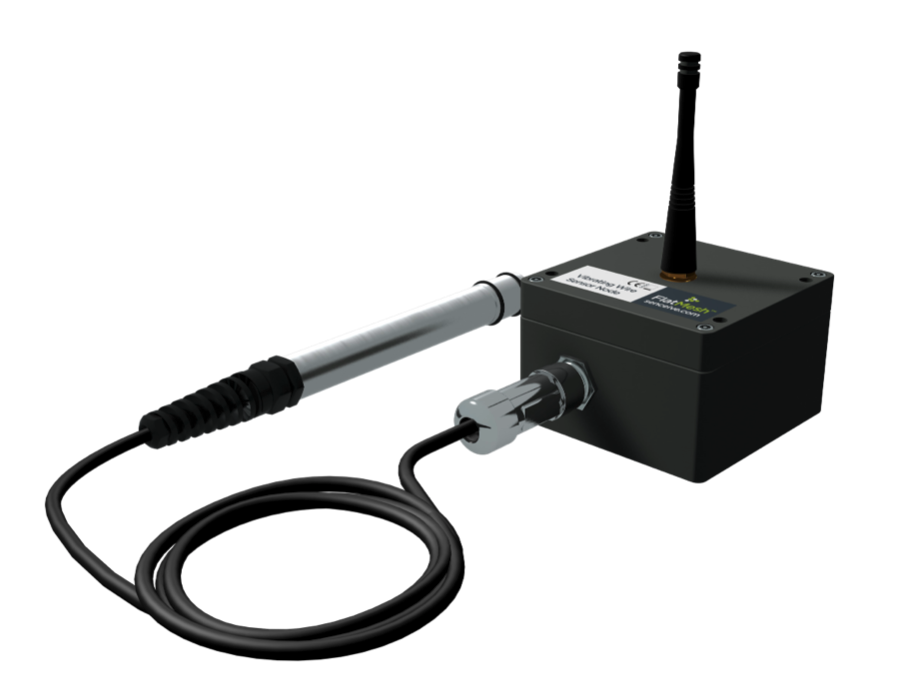
The Vibrating Wire Sensor Node supports a variety of interface sensors such as strain gauges, piezometer, extensometers etc. Here it is connected to a piezometer and prevents the need for manual logging by transmitting data on pore water pressure and groundwater level variations. node cap helps protect the antenna in a busy construction site.
Millivolt Sensor Node
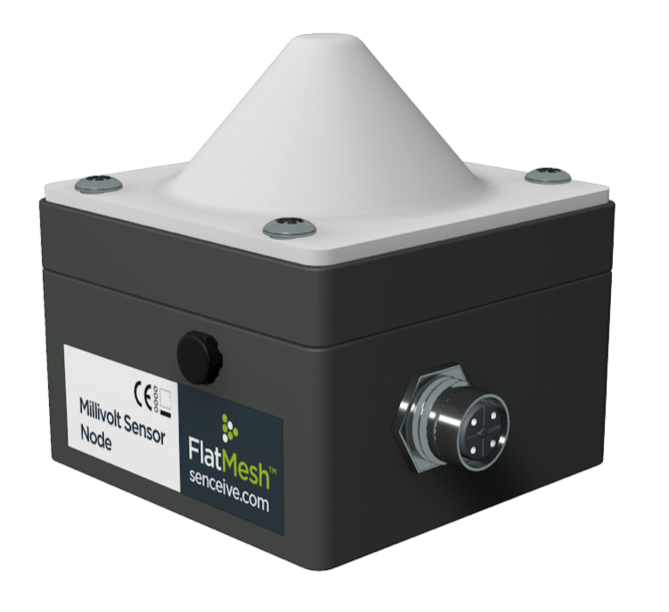
The Millivolt sensor Node enables a variety of structural and geotechnical sensors to be integrated into a wireless monitoring system.
Load pins are just one example. A node cap helps protect the antenna in a busy construction site.
Single Channel Vibrating Wire Node with Piezometer

The Vibrating Wire Sensor Node supports a variety of interface sensors such as strain gauges, piezometer, extensometers etc. Here it is connected to a piezometer and prevents the need for manual logging by transmitting data on pore water pressure and groundwater level variations.
4 Channel Vibrating Wire Node with Strain Gauges
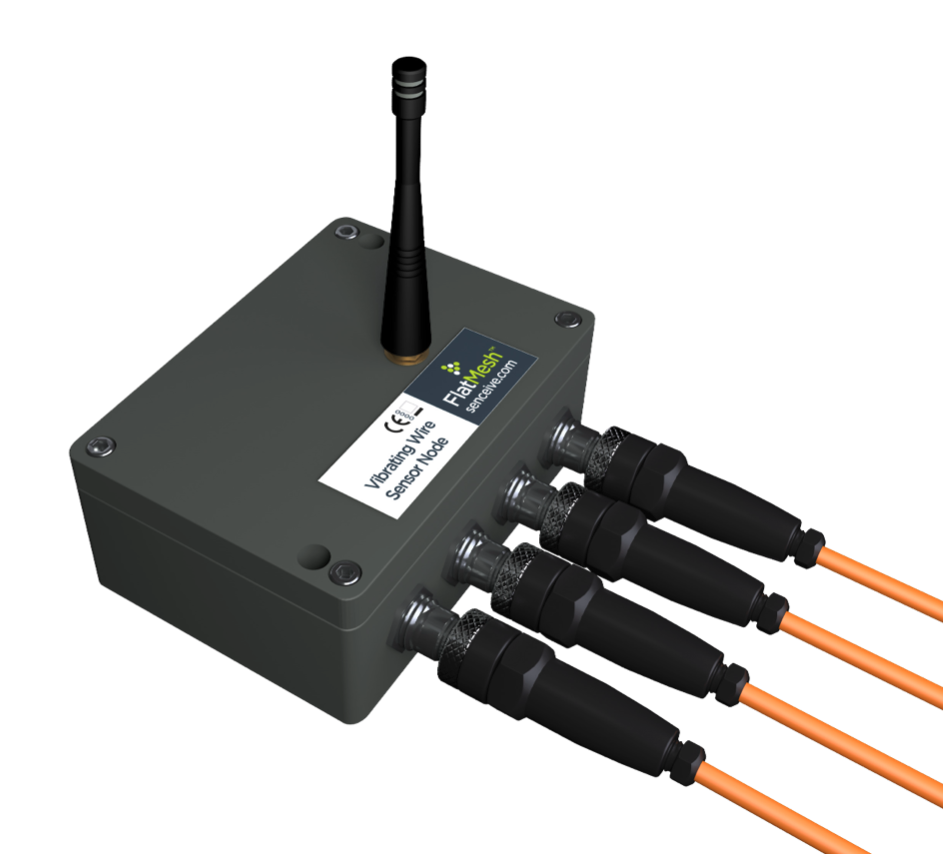
The Vibrating Wire sensor supports a variety of interface sensors such as strain gauges, piezometer and extensometer etc. Here it is connected to strain gauges to prevent the need for manual monitoring by transmitting data over a wireless network.
Crack Sensor Node
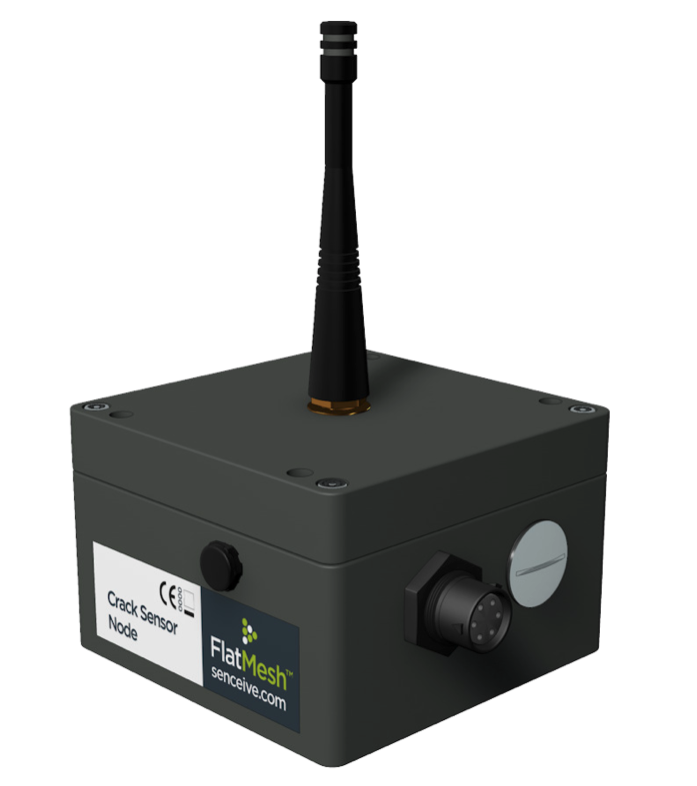
The Crack Sensor Node is used to monitor structural behaviour including the development of cracks in concrete or masonry, movements of expansion joints and pile seperation.
Crack Sensor Nodes

The Crack Sensor Node is used to monitor structural behaviour including the development of cracks in concrete or masonry, movements of expansion joints and pile seperation.
Nano Triaxial Tilt Sensor Node
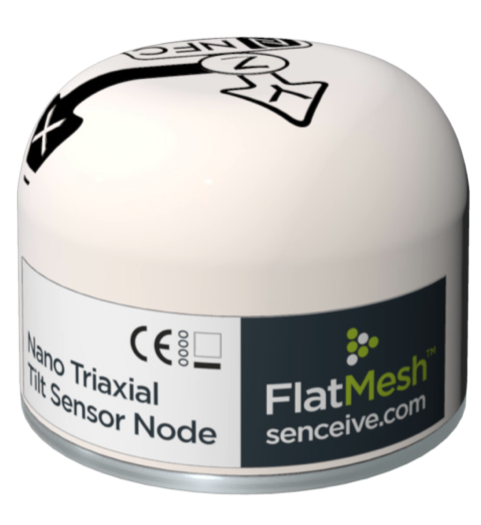
The Nano delivers the same precise measurements as our IX Triaxial Tilt Node in a more compact, robust enclosure, and offers more user-interaction. With no external antenna, the Nano is ideal for the most challenging environments.
Nano Triaxial Tilt Sensor Node

The Nano delivers the same precise measurements as our IX Triaxial Tilt Node in a more compact, robust enclosure, and offers more user-interaction. With no external antenna, the Nano is ideal for the most challenging environments.
For more Details


